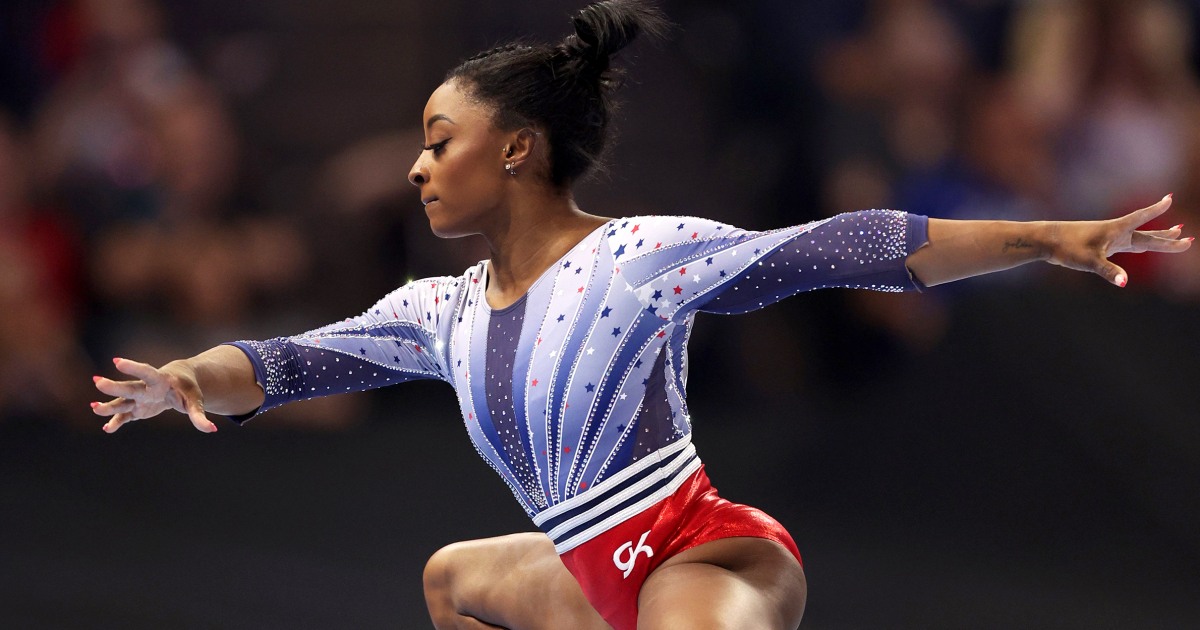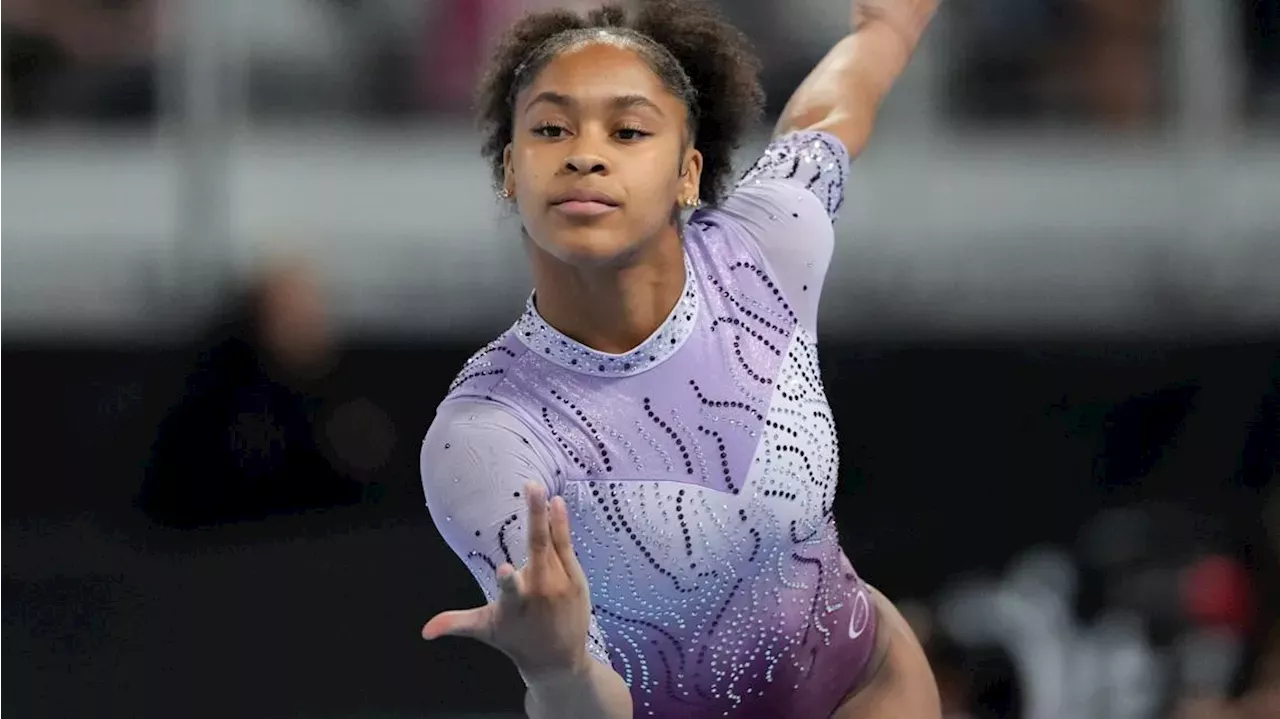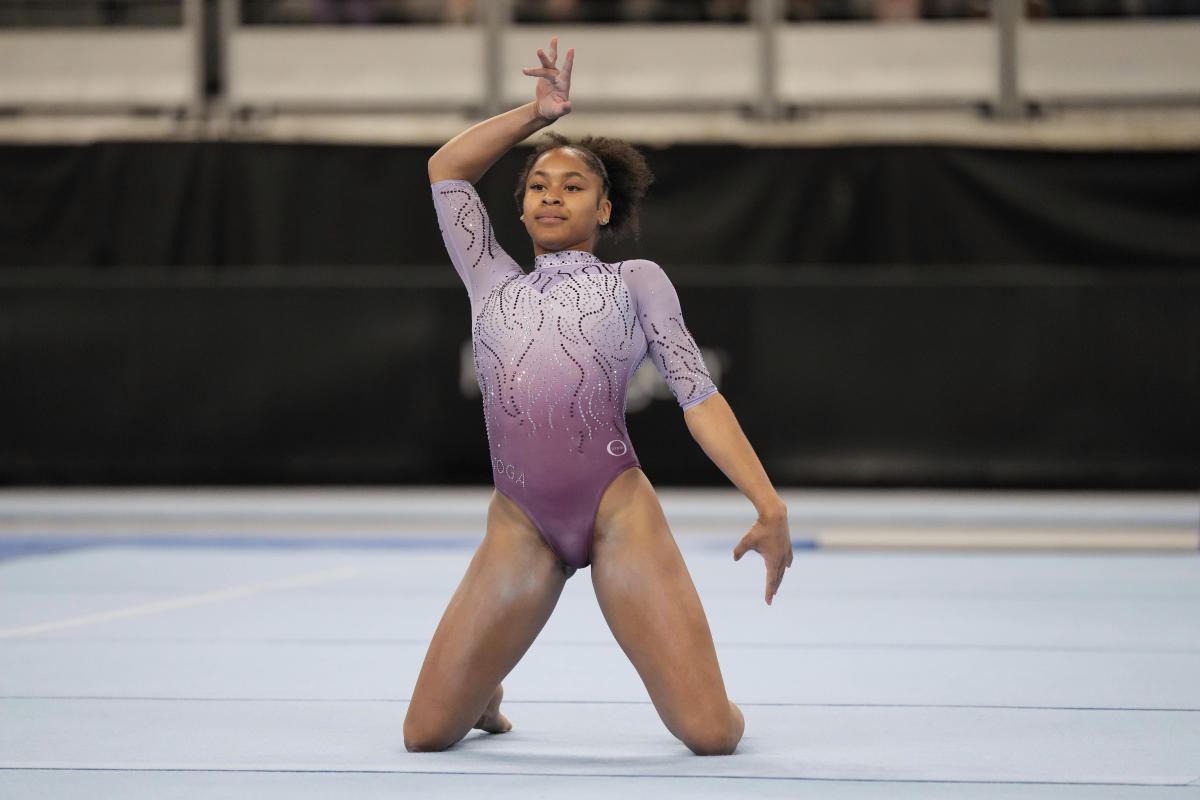Types of Gymnastics Injuries
Gymnastics is a demanding sport that requires athletes to perform complex and physically challenging movements. As a result, gymnasts are at risk for a variety of injuries. These injuries can be acute, occurring suddenly during a training session or competition, or chronic, developing over time due to repetitive stress or overuse.
- Acute injuries include sprains, strains, fractures, and dislocations. Sprains are injuries to ligaments, the tough bands of tissue that connect bones together. Strains are injuries to muscles or tendons, the tough cords of tissue that connect muscles to bones. Fractures are breaks in bones, and dislocations are injuries in which bones are forced out of their normal position.
- Chronic injuries include tendinitis, bursitis, and stress fractures. Tendinitis is inflammation of a tendon, and bursitis is inflammation of a bursa, a fluid-filled sac that cushions bones and tendons. Stress fractures are small cracks in bones that develop over time due to repetitive stress.
The prevalence of different types of gymnastics injuries varies depending on the gymnast’s age, skill level, and training regimen. However, some injuries are more common than others. For example, sprains and strains are the most common acute injuries in gymnasts, while tendinitis and bursitis are the most common chronic injuries.
Risk factors for gymnastics injuries include:
- Training intensity and duration: Gymnasts who train more frequently and for longer periods of time are at greater risk for injuries.
- Improper technique: Gymnasts who do not use proper technique when performing skills are at greater risk for injuries.
- Inadequate warm-up and cool-down: Gymnasts who do not warm up properly before training or cool down properly after training are at greater risk for injuries.
- Inadequate strength and conditioning: Gymnasts who do not have adequate strength and conditioning are at greater risk for injuries.
- Previous injuries: Gymnasts who have had previous injuries are at greater risk for re-injury.
It is important for gymnasts to be aware of the risks of injuries and to take steps to prevent them. Gymnasts should:
- Train gradually and progressively: Gymnasts should gradually increase the intensity and duration of their training over time.
- Use proper technique: Gymnasts should learn and practice proper technique for all skills.
- Warm up properly before training and cool down properly after training: Gymnasts should warm up for at least 10 minutes before training and cool down for at least 10 minutes after training.
- Develop adequate strength and conditioning: Gymnasts should develop adequate strength and conditioning to support their gymnastics training.
- Report injuries promptly: Gymnasts should report any injuries to their coach or athletic trainer promptly.
By following these tips, gymnasts can help to reduce their risk of injuries and stay healthy and active.
Prevention and Management of Gymnastics Injuries

Gymnastics is a demanding sport that requires athletes to perform complex and physically challenging movements. This can lead to a variety of injuries, including sprains, strains, fractures, and dislocations. However, there are a number of strategies that gymnasts can use to prevent and manage injuries.
Injury Prevention
Proper training techniques are essential for preventing gymnastics injuries. Gymnasts should always warm up before training and practice, and they should gradually increase the intensity and difficulty of their workouts over time. They should also use proper form when performing exercises, and they should avoid overtraining.
In addition to proper training techniques, gymnasts can also prevent injuries by engaging in regular conditioning exercises. These exercises can help to strengthen the muscles and joints that are used in gymnastics, and they can also help to improve flexibility and balance.
Injury Management
If a gymnast does sustain an injury, it is important to seek medical attention as soon as possible. A doctor can diagnose the injury and recommend the best course of treatment. Treatment for gymnastics injuries may include rest, ice, compression, and elevation (RICE), as well as physical therapy and surgery.
Medical professionals play a vital role in managing gymnastics injuries. They can help to diagnose and treat injuries, and they can also provide guidance on injury prevention and rehabilitation.
Injury Prevention and Management for Gymnasts of All Ages and Skill Levels
Gymnasts of all ages and skill levels can benefit from injury prevention and management strategies. However, it is important to tailor these strategies to the specific needs of the gymnast. For example, young gymnasts may need more supervision and guidance than older gymnasts, and they may need to focus on different types of conditioning exercises.
By following these strategies, gymnasts can help to prevent and manage injuries, and they can stay healthy and active in the sport.
Long-Term Effects of Gymnastics Injuries

Gymnastics is a demanding sport that requires athletes to push their bodies to the limit. While the sport can be rewarding, it also comes with a high risk of injury. These injuries can have a significant impact on gymnasts’ careers and overall well-being, both in the short and long term.
The most common long-term effects of gymnastics injuries include chronic pain, reduced mobility, and psychological trauma. Chronic pain can be caused by damage to muscles, tendons, ligaments, or bones. It can be debilitating and make it difficult for gymnasts to perform everyday activities, such as walking or climbing stairs. Reduced mobility can be caused by injuries to the joints, muscles, or tendons. It can limit gymnasts’ range of motion and make it difficult to participate in activities they once enjoyed.
Psychological trauma can be caused by the experience of being injured, especially if the injury is severe. Gymnasts who have been injured may experience anxiety, depression, or post-traumatic stress disorder (PTSD). They may also have difficulty sleeping or concentrating.
Impact on Gymnasts’ Careers
Gymnastics injuries can have a significant impact on gymnasts’ careers. A serious injury can sideline a gymnast for months or even years. This can make it difficult for gymnasts to train and compete at the same level as they did before the injury. In some cases, an injury can end a gymnast’s career altogether.
Impact on Overall Well-being, Gymnastics injuries
Gymnastics injuries can also have a significant impact on gymnasts’ overall well-being. Chronic pain can make it difficult for gymnasts to participate in activities they enjoy, such as sports or hobbies. Reduced mobility can make it difficult for gymnasts to perform everyday activities, such as walking or climbing stairs. Psychological trauma can lead to anxiety, depression, and PTSD. These conditions can make it difficult for gymnasts to function in everyday life.
Strategies for Managing the Long-Term Consequences of Gymnastics Injuries
There are a number of strategies that gymnasts can use to manage the long-term consequences of injuries. These strategies include:
- Pain management: Gymnasts can use a variety of pain management techniques to relieve chronic pain, such as medication, physical therapy, and massage.
- Mobility improvement: Gymnasts can use physical therapy and other exercises to improve their mobility and range of motion.
- Psychological support: Gymnasts can benefit from psychological support to help them cope with the emotional effects of their injuries.
By following these strategies, gymnasts can manage the long-term consequences of their injuries and improve their quality of life.
Gymnastics is a demanding sport that can put a lot of stress on the body, leading to various injuries. However, the dedication of gymnasts like Hezly Rivera inspires us to push through challenges. While injuries are an unfortunate part of the sport, they also highlight the resilience and determination of these athletes.
Gymnastics is a physically demanding sport, and injuries are common. Injuries can range from minor sprains and strains to more serious injuries, such as fractures and dislocations. The US Olympic trials are a major event in the gymnastics calendar, and injuries can have a significant impact on the outcome of the competition.
Gymnastics injuries can be caused by a variety of factors, including training errors, improper technique, and inadequate conditioning. It is important for gymnasts to take steps to prevent injuries, such as warming up properly, stretching regularly, and using proper technique when performing skills.
